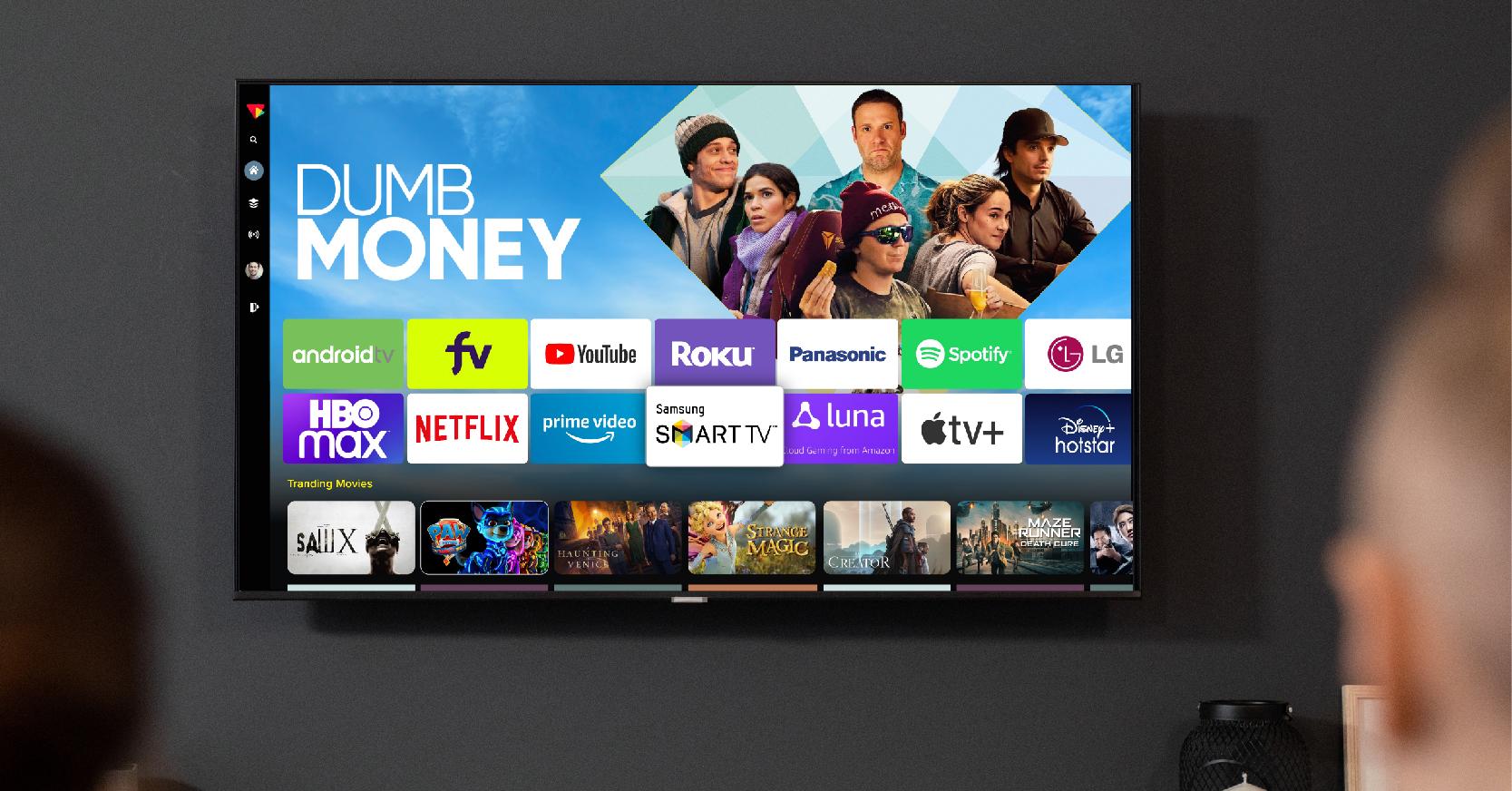The Facts About Apollo Group Tv Uncovered
Table of ContentsApollo Group Tv for DummiesApollo Group Tv - An OverviewApollo Group Tv - QuestionsApollo Group Tv Can Be Fun For Anyone
In this scenario, as opposed to having three-minute industrial spots during a 30-minute television program, TV shows might transform to one where a consumer will be called for to have a monthly subscription, so that they cen view targeted banner advertisements. This sort of marketing already happens online, and the quantity of information television companies accumulate enables them to do much the same.Explain the influence of enrollers on program web content. Define the significant trends amongst the broadcasting and cord networks. When television remained in its early stage, producers modeled the brand-new tool on radio. Popular radio reveals such as authorities dramatization Dragnet and western cowboy collection Gunsmoke were adapted for tv, and brand-new television shows were sponsored by solitary marketers, simply as radio programs had been.
Today, the television industry is far a lot more intricate. Programs are funded by numerous advertisers; programming is regulated by significant media corporations; and the three major networks no longer control the airwaves yet rather share their audiences with various wire networks. A number of factors make up these fads within the sector, consisting of technical developments, federal government guidelines, and the development of brand-new networks.

The Basic Principles Of Apollo Group Tv
Established in 1969, (PBS) created out of a record by the Carnegie Commission on Educational Tv, which examined the role of educational, noncommercial television on culture. Public television was additionally intended to offer universal access to television for audiences in country locations or visitors who can not pay for to pay for exclusive television services.
The period between 1950 and 1970 is traditionally identified as the. In addition to a little section of airtime regulated by public tv, the three significant networks (recognized as the Big Three) controlled the television sector, jointly accounting for more than 95 percent of prime-time watching. In 1986, Rupert Murdoch, the head of multinational business Information Corp, released the Fox network, challenging the supremacy of the Big 3.
Targeting young and minority target markets with programs such as Buffy the Vampire Killer, Moesha, Dawson's Creek, and The Wayans Bros., the new networks wanted to draw stations away from their old network affiliations. Rather than duplicating the success of Fox, UPN and WB struggled to make an impact. Incapable to attract numerous associate stations, the two new networks got to less houses than their bigger opponents visit their website since they were unobtainable in some smaller sized cities.
This choice led the way for the advancement of wire flick channels, contributing to the exponential growth of cable in the 1980s and 1990s. apollo group tv. Further deregulation of cable in the 1984 Cable Communications Plan Act got rid of constraints on cord prices, allowing operators to charge what they wanted for cable solutions as long as there was reliable competitors to the solution (a requirement that over 90 percent of all cable television markets could satisfy)
The Of Apollo Group Tv

Having actually created the first "superstation," Turner broadened his realm by starting 24-hour information network CNN in 1980. At the end of the year, 28 nationwide shows services were offered, and the wire revolution had begun. Over the next decade, the sector went through a period of fast growth and appeal, and by 1994 customers might select from 94 basic and 20 costs wire solutions.
Number 9 - https://allmyfaves.com/apollogtv01?tab=Apollo%20Group%20TV.16 Boosted competitors from cable channels has actually caused a constant decline in the networks' audience scores. Throughout the 1950s, the expense of producing a single tv program increased as programs came to be longer and production expenses rose. Sponsorship on network television moved from solitary sponsorship, in which a program was totally supported and created by one marketer, to multiple sponsorship, in which advertisers got 1- or 2-minute areas on the show
Each reaction needs to be a minimum of one paragraph. Pick one of the Big 4 networks and print out its weekly programs routine. See the network's prime-time programs throughout a week, noting the target market for every program. Observe the advertising sponsors that support each show and compare exactly how the services and products fit with the desired audience.
The Buzz on Apollo Group Tv

Linear TV, usually referred to as typical broadcast TV, encompasses cable television and satellite television., think of it as the traditional method of watching Television that has been around for years.